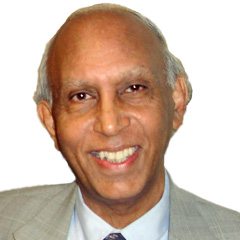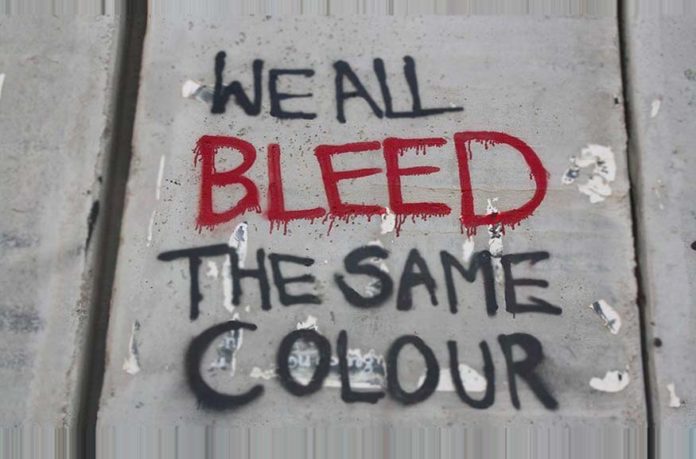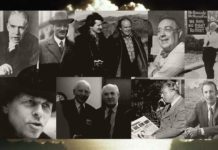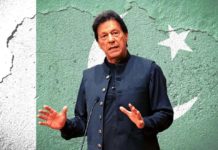A lifelong desire to visit the country Nelson Mandela and his comrades had founded after long years of suffering multifarious oppressions including executions and long incarcerations at the hands of Apartheid South Africa was finally fulfilled earlier this month. My wife Meliha and I and our friends Feray and Martin, flew in from Stockholm via Istanbul and landed in Cape Town. We covered somewhere between 14,000 and 10,000 kilometres in 16 hours of flying with a two-hour stop in Istanbul. The most pleasant surprise was that such a marathon journey did not inflict any jetlag on us. Stockholm, far up in the northern hemisphere and Cape Town at the other end deep south in the southern hemisphere, constitute a 90-degree straight-line dash from one place to another; hence the same time zone at both ends. The world is spherical, almost like a ball though we never feel it. It reminded me of the important difference between latitudes and longitudes I learnt in geography lessons at school.
The most famous site to visit in Cape Town is the Table Mountain, but outside it is the Cape of Good Hope from where European trading companies began to take the sea route to Asia. The first were the Portuguese, one of whom was, Vasco De Gama. He arrived on the western coast of India in 1497. The Portuguese settled in South Africa followed in the 18th century by Dutch settlers and in the 19th century by British settlers. Already for more than a thousand years, African tribes from central Africa had been moving southwards before the arrival of the Europeans. Tribes had fought one another for ascendency and established kingdoms and empires. They in turn were defeated and subjugated by Europeans, of whom the British proved to be the most powerful. South Africa was annexed to the worldwide British although most white settlers were Afrikaners known as Boers, i.e., the progeny of Dutch ancestors. In 1860, indentured labour from India was brought over to work in the sugar plantations. The Europeans owned the best agricultural and pastoral land as well as the diamond and gold mines, and settled in the best parts of South Africa.
In 1910, South Africa became a republic but remained a dominion within the British Empire. Informal racism was already the basis for social organization and political representation after Europeans established their hold over the country. The notorious forcible removal of MK Gandhi from the first-class compartment of a train encapsulates how racism was the praxis of state even though it was not yet given a name. Barrister Gandhi had arrived in South Africa to plead the civil case of an Indian businessman Mr Khan in the courts and in the process nearly settled down in that country. He organized the Indians, Hindus and Muslims, for peaceful protest marches and other actions against the discrimination practised against them by the white rulers.
The truth is that the caste system and racism have remained part of the cultural ethos of all in the Subcontinent including Muslims, Sikhs and Christians.
At that stage, Gandhi did not mobilize black South Africans, who were the worst sufferers. Because of this, he has been criticized for himself being a racist. Such an accusation may not be unfair because the caste system itself was based on keeping superior and inferior castes separate and Gandhi was a believing Hindu. The truth is that the caste system and racism have remained part of the cultural ethos of all in the Subcontinent including Muslims, Sikhs and Christians.
Later, on his return to India Gandhi became acutely aware of how the caste system made a mockery of his credentials as a freedom fighter. He subsequently began campaigning against untouchability with great courage while continuing to find some revisionist arguments about caste simply being a division of labour with equal dignity of all forms of labour. Such argumentation did not convince dogmatic Hindus. Three attempts were made on his life until finally they killed him on the fourth attempt, but the fourth time was for going beyond the caste question and wanting Muslims to remain in India as equal citizens and Pakistan getting its due share of the colonial kitty.
I was fully aware of all this as I began my holiday in South Africa. We visited Cape Town, Knysna, Port Elizabeth, Pretoria and the Kruger National Park travelling by road from the western end on the Atlantic to the eastern side on the Indian Ocean — wherever we went the very high level of material development with grand buildings, excellent town planning and wide well-planned roads reminded me of the achievements of white South African rule, but black intellectuals underscored that such developments were realized through slave labour. It reminded me of Sahir Ludhianvi’s poem Taj Mahal where he deplored the unacknowledged labour of thousands of workers who built that fabulous mausoleum to a queen, but credit was given solely to Emperor Shah Jahan for its construction. Unfortunately, there is no ethical or moral connection between architectural marvels and the hardships the workers go through to create those objects of beauty. It seems to be a universal law and praxis even now.
In any event, things in South Africa became much worse after Gandhi sailed to India in 1914. Racism became more comprehensive and totalitarian and more and more land of the native black population was taken away from them. In 1948, racism was given a name: apartheid. It was elaborated theoretically and conceptually and instituted as the formal ideological and constitutional basis of government. Apartheid meant in the Afrikaans language of the Boers (a hybrid language formed from Dutch, German and Flemish languages) keeping the races apart. The Reformed Church of South Africa even found sanction of apartheid in the Bible. While it campaigned vigorously to convert black Africans to Christianity it simultaneously justified apartheid as commensurate with Christian brotherhood! The South African state identified three “races” as biological incompatibles: the white, brown and black races, which translated concretely into Europeans, Indians and Africans being kept apart physically. Consequently, whites, browns and blacks lived in separate areas and there were no-go areas for the browns and blacks. It must be mentioned that most Christian denominations, including Catholics and Protestants, worldwide condemned apartheid as contrary to Christian belief and solidarity.
At any rate, the convoluted reasoning of the South African state meant that modern education had to be made available even to the browns and blacks because all races had the right to develop, but separately. As happened elsewhere, including India, it was only a matter of time before educated natives would challenge the colonial legacy and apartheid was its peculiar manifestation in South Africa.
(To be continued)
About the Author:

Dr. Ishtiaq Ahmed is Professor Emeritus of Political Science, Stockholm University; Visiting Professor Government College University and Honorary Senior Fellow, Institute of South Asian Studies, National University of Singapore. He can be reached at billumian@gmail.com








